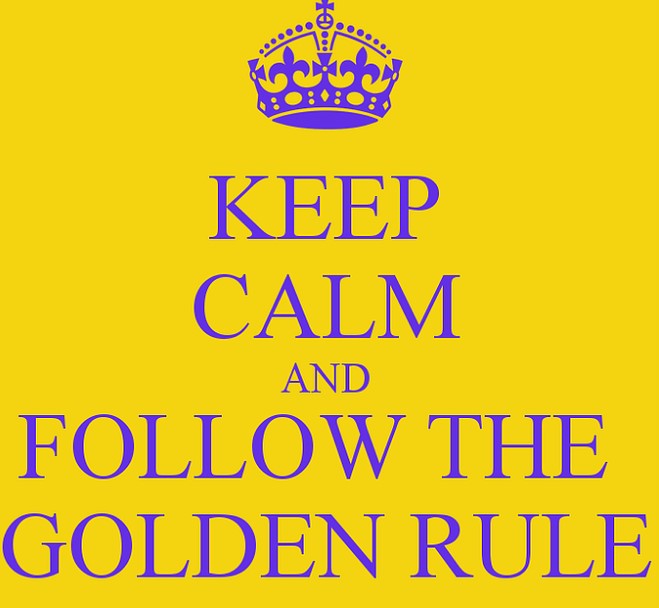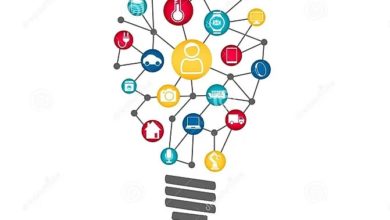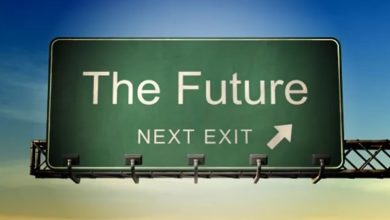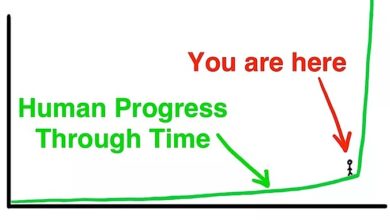Follow the Golden Rules

A. There is no “average” customer for the purpose of designing marketing promotions. Don’t even think of using averages as marketing levers. Keeps the use of averages to broad business tracking measures?
B. The media and method used to acquire a customer has a very large effect on the future value of the customer. Customers from search engines will have different buying patterns and total values than customers from banner ads. Measure these differences.
C. 50 percent to 60 percent of your customer base will be one-time buyers or visitors. Accept it. You’ll waste a ton of money trying to change it, and it’s not going to change. One-time buyers who bought multiple items on the first purchase are a possible exception. Try them first. Then try one-time buyers with the highest order value. If these don’t bite, none of them will.
D. The only chance you have at getting a first-time buyer to purchase again is to contact them quickly after the first purchase.
E. One-time buyers who return their only purchase CAN be better marketing targets than those who don’t return their purchase – IF the customer service experience they have in dealing with the return is outstanding.
F. Customers, on average, buy down in price over their lifecycle. The average order price falls over time. For this reason, buyers who “go cheap” on the first purchase usually have lousy future value.
G. One $50 1st purchase customer is worth more than two $25 1st purchase customers. See #6 above for the reason.
H. Resend a promotion to the same people. You can often get 50% of the first response rate if the original promotion was a targeted one. It’s OK to send exactly the same promotion, can be better to send slightly different copy, like “2nd chance!”
Relationship marketing is about having an indirect conversation with the customer through analyzing their behavior over time. Relationship marketing uses the event-driven tactics of customer retention marketing, but treats marketing as a process over time rather than single unconnected events.
The relationship marketing process is usually defined as a series of stages, and there are many different names given to these stages, depending on the marketing perspective and the type of business. For example, working from the relationship beginning to the end:
Interaction > Communication > Valuation > Termination
Awareness > Comparison > Transaction > Reinforcement > Advocacy
Suspect > Prospect > Customer > Partner > Advocate > Former Customer
During this relationship process, you customize programs for individual consumer groups and the stage of the process they are going through as opposed to some forms of database marketing where everybody would get virtually the same promotions, with perhaps a change in offer. The stage in the customer LifeCycle determines the marketing approach used with the customer.
A simple example of this would be sending new customers a “Welcome Kit”, which might have an incentive to make a second purchase. If 60 days pass and the customer has not made a second purchase, you would follow up with an e-mailed discount.
Let’s say a customer visits your site every day and then just stops. Something has happened. They are unhappy with the content, or they have found an alternative source. Or perhaps they’re just plain not interested in the subject anymore. This inaction on their part is a flag telling you something has happened to change the way this customer thinks about your site and perhaps your service.
You should react to this and then look for feedback from the customer. If you improve the content, e-mail them a notice, and the customer starts visiting again, the feedback has been given. The cycle is complete until the next time the data indicates a change in behavior, and you need to react to the change with communication.
Let’s say this same customer then makes a first purchase. This is an enormously important piece of data, because it indicates a very significant change in behavior. You have a new relationship now, a deeper one. You should react and look for feedback.
You send a welcome message, thank the customer for the trust they have displayed in your site, and provide a second purchase discount. Then you await feedback from the customer, in the form of a second purchase, or increased visits. Perhaps you get negative feedback, a return of the first purchase. React to this new feedback and repeat the process.
The relationship marketing model is 2-way, as opposed to the 1-way approach of media advertising. It’s give and take, an exchange; a communication process. Using a lot of customer communications can be costly in the offline world. But communication costs are generally low on the Internet, so the relationship marketing model is ideally suited for use on the ‘Net.
Another example would be to watch for and reinforce changes in product affinity, as customers tend to begin with a certain type of purchase or content and migrate to a different area. It can be beneficial to “steer” customers through promotions along this path if the migration is profitable to the business.
Looking for changes in the rate of activity is another important flag. Changes in activity rate frequently precede a major change in overall behavior; setting up rules or flags to look for changes in the rate of activity can trigger an anti-defection campaign.



